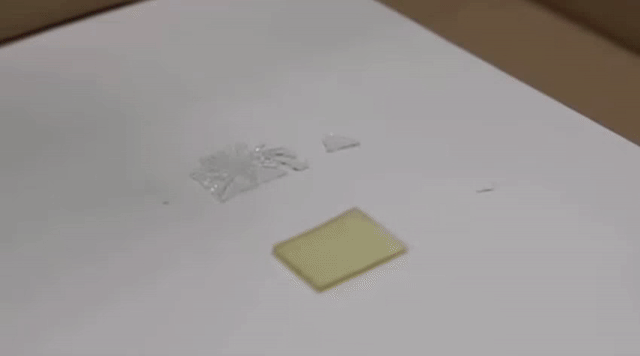We all rely on wood for most of our house’s infrastructure. And of course, glass is used to complete most of the wooden support like windows, doors, etc. Wood is strong and beautiful but is susceptible to rotting or an attack by pests. And our beloved glass is transparent and gives the finishing touch to a building’s aesthetics. But it is very fragile and can easily crack or shatter; so not a good combination is it?
Researchers at the University of Maryland had this in mind when they figured out a way to combine the properties of wood and glass to make what they are calling “transparent wood”.
The team has patented the process which creates see-through wood, which is also able to absorb high-impacts, thus giving the strength of wood while the transparency of glass.
Because the process is patented, some of the exact details remain hidden for the moment. But in a video the team revealed that the wood is made transparent by bleaching and boiling it in lye, thus removing lignin which makes wood brown. After this it is soaked in a “clear liquid” and then in an epoxy making it truly transparent. The epoxy also gives it strength to the point that it can be stroked with a hammer without being shattered into pieces.

The process has the potential to make wood transparent while giving it additional strength. It also counters the drawback of glass being a poor insulator of heat and has a low thermal conductivity coefficient making it a very lucrative building material for the future.
“The demonstrated transparent wood composite exhibits great promise as a future building material, especially as a replacement of glass toward energy efficient building with sustainable materials,” the researchers wrote in the abstract of a paper on the topic.
The researchers hope this will spark a revolution in the domain of building materials, and will be the next big thing in construction. But before they go commercial, they have to scale up their machinery and equipment while perfecting a version of the process that relies on less harmful chemicals.
Have anything else to add to this article? Comment below!


